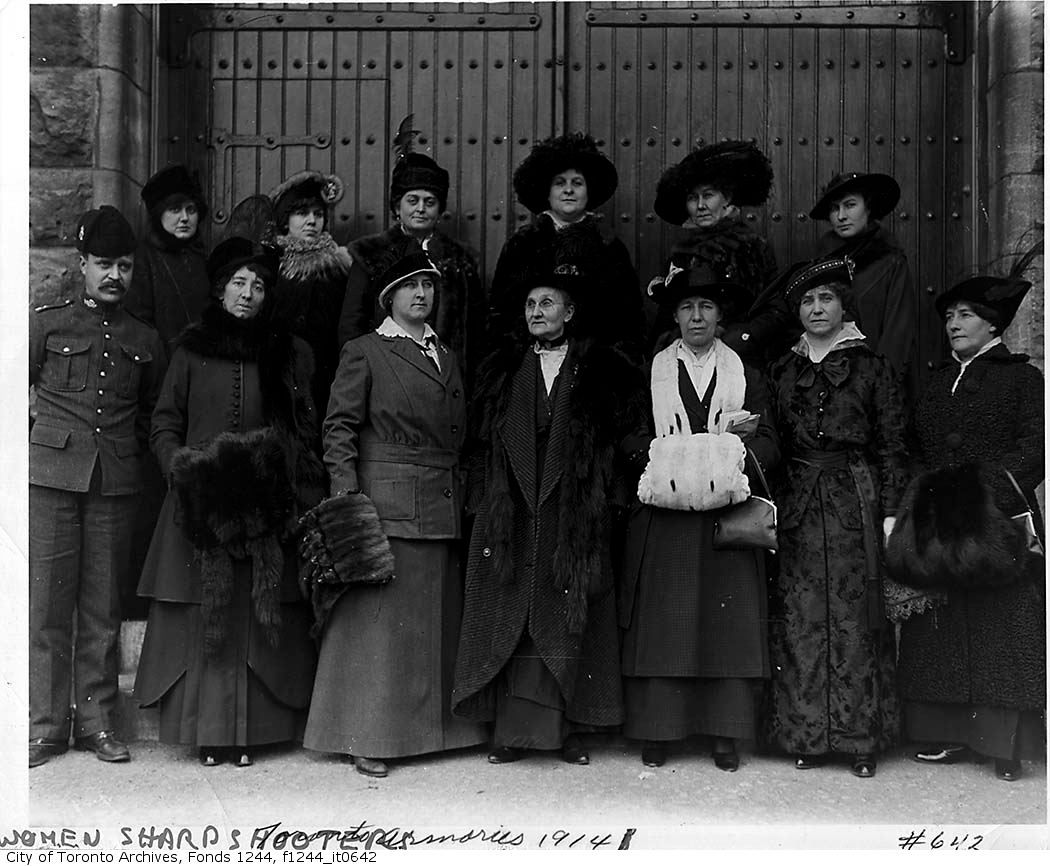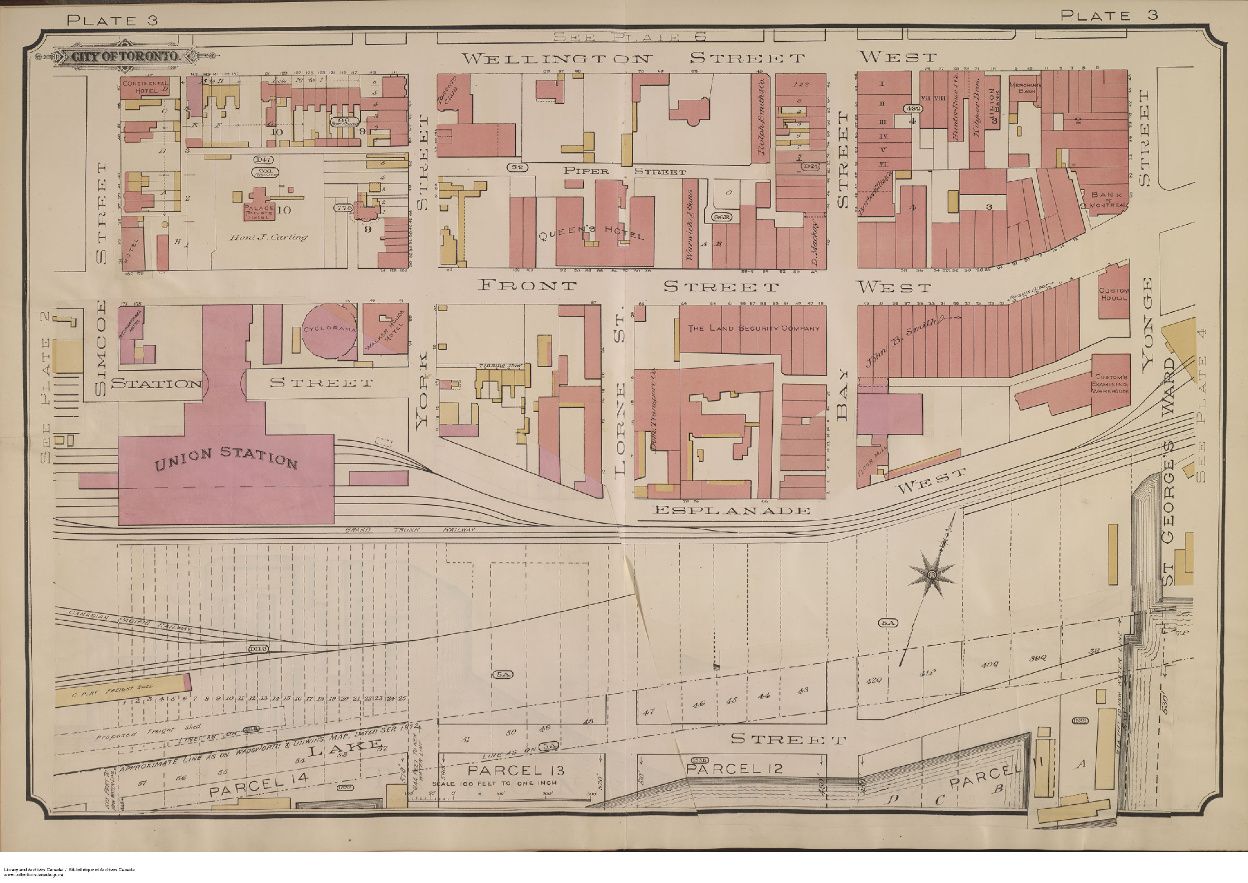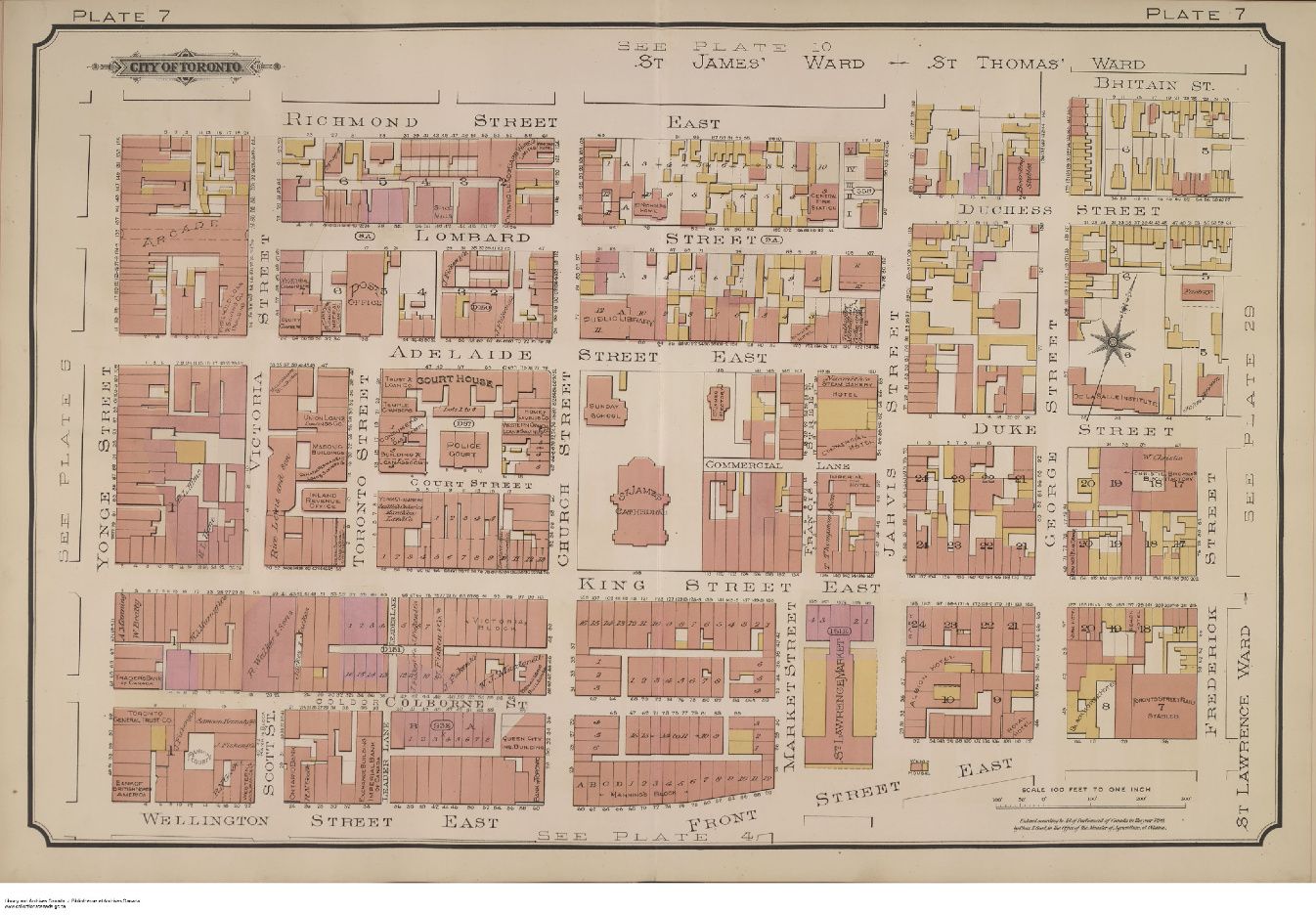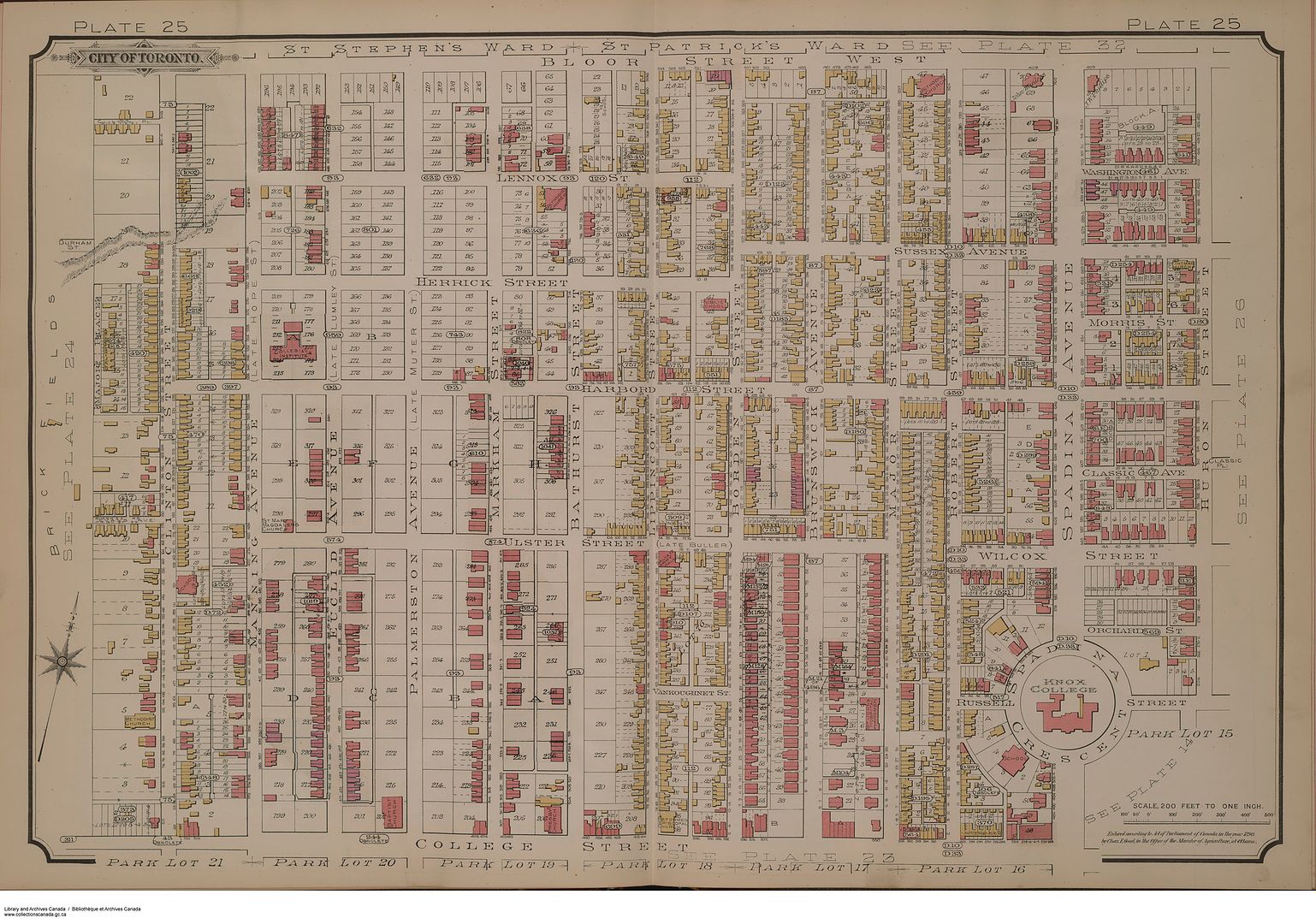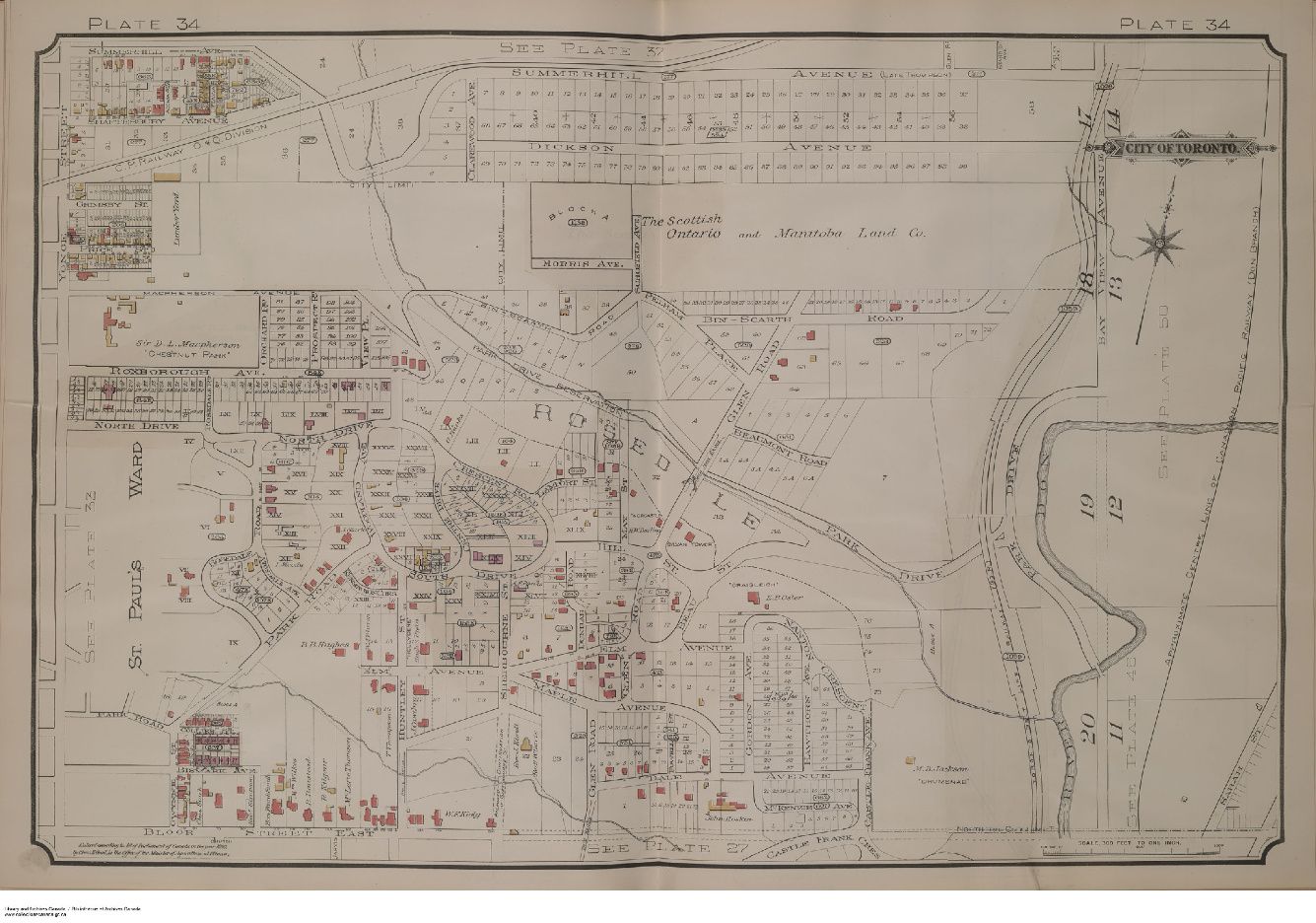Goldie
Senior Member
thedepend,
Since you may be a railroad buff, I wonder if you have seen the amazing 'train photos' by O. Winston Link.
some are found at:
http://images.google.ca/images?hl=e...esult_group&ct=title&resnum=1&ved=0CBcQsAQwAA
Since you may be a railroad buff, I wonder if you have seen the amazing 'train photos' by O. Winston Link.
some are found at:
http://images.google.ca/images?hl=e...esult_group&ct=title&resnum=1&ved=0CBcQsAQwAA





